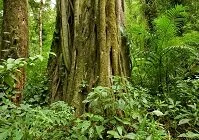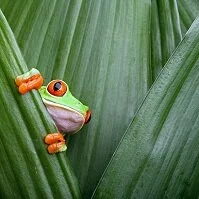Weather

Rain Forest
Costa Rica is a small but mountainous and diverse country, meaning weather patterns vary substantially for the country's size. Despite this, the weather in Costa Rica is relatively predictable as its seasons generally fall into the dry season and wet season. The dry season lasts from about December to April, while the wet season lasts from about May to November. However these in between months (April-May & November-December) are very unpredictable and along the Caribbean Sea December tends to fall into the wet season as the rains come quick and heavy, while at the same time on the Pacific Ocean it tends to be quite dry. Temperatures in San Jose are fairly consistent with average daily lows of about 55° F (13° C) and average daily highs of about 75° F (24° C) year round. There is also a significant difference in temperature and rainfall at different elevations. Due to the many volcanic mountains in Costa Rica, elevations can rise rapidly and at the top of a volcano the temperatures can be much cooler than at sea level. There is a small chance for hurricanes in Cost Rica from June to November, although generally the hurricanes go north and the worst Costa Rica receives is winds and rain.
Wildlife

Frog
Although Costa Rica is fairly small, it has incredible wildlife and that begins with its mammals. Although there are a few large mammals in Costa Rica, such as the deer and jaguar, most of the mammals are smaller and include monkeys, raccoons, mice, sloths, tapirs, and bats. Off the country's coasts there are also larger mammals such as whales, dolphins, and manatees. The seas also contain nearly every warm watered fish and shellfish found in the oceans, including sharks, jellyfish, and more.
There is also great variety when it comes to birds. There are numerous water fowls, such as egrets, herons, and cormorants as well as forested birds including the quetzal, parrots, toucans, macaws, doves, and more. Among the reptiles and amphibians present are crocodiles, snakes, turtles, frogs, iguanas, and more. Although insects are plentiful, especially in the summer months, the ants, butterflies, and mosquitoes are the most noticeable or reasons both good and bad.